Sensory Circuits
Sensory Circuits
Spaces with movement activities designed to engage the senses and help children reach the ideal level of alertness for effective learning through Sensory Integration.
Spaces with movement activities designed to engage the senses and help children reach the ideal level of alertness for effective learning through Sensory Integration.
Sensory Circuits are carefully designed rooms that incorporate sensory-based movement activities to help children and young people start their day ready to learn. Our Sensory Circuits provide the perfect balance of alerting, organising and calming activities, helping each child achieve an optimal level of alertness to focus and thrive.
Tailored to individual sensory needs, Sensory Circuits support motor skills, self-regulation and sensory awareness in a fun, engaging and active way. Whether used at the start of the school day or after lunch, they give children the opportunity to connect with their senses, build confidence and prepare for learning with energy and focus.
With our Sensory Circuits, every child can enjoy movement, play and learning in a way that’s designed just for them.
How Do Sensory Circuits Work?
How Do Sensory Circuits Work?
A Sensory Circuit is typically made up of 3 activities to be carried out within a session. These include:
Alerting Activities: Providing controlled vestibular (movement and balance) and proprioceptive (body awareness) stimulation to prepare the brain for learning and help students meet the demands of their school day.
Organising Activities: Focusing on motor sensory processing, balance and timing through challenges that encourage users to plan, organise, and sequence their movements. This stage helps improve focus, attention span, and classroom performance.
Calming Activities: Utilising proprioceptive input (deep pressure) and heavy muscle work activities to promote a calming effect and help children return to the classroom feeling calm, centred and ready to learn.
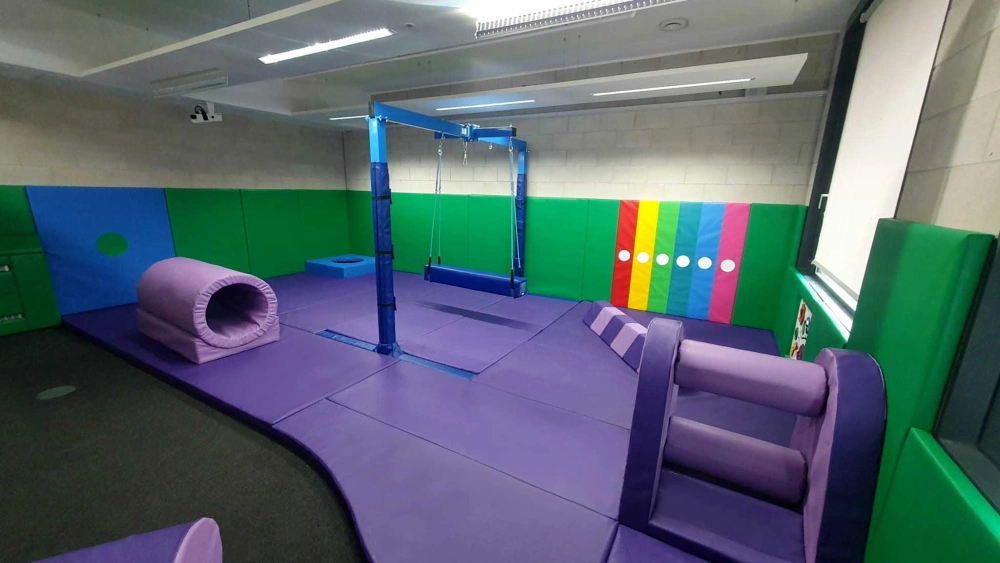
Get Your Free Design Today...
Ready to take the next step?
One of our experienced Sensory Advisors will be in touch. Listening to both your requirements and budget, before creating your FREE sensory environment design and proposal.
No Pushy Salespeople and No Obligation.
Key Features of Sensory Circuits
Key Features of Sensory Circuits
As each school and group of students is unique, so are our bespoke sensory circuit designs. Tailored to meet individual needs, this ensures the inclusion of the most suitable sensory equipment, features and activities for the users, as well as the appropriate circuit size. Here are some key features commonly found in a sensory circuit:
With this stage focusing on movement, balance and awareness, sensory equipment and activities can include:
- Mini Trampoline / Trampette
- Balance Beams
- Sensory Rocker
- Sensory Swing
- Mangle
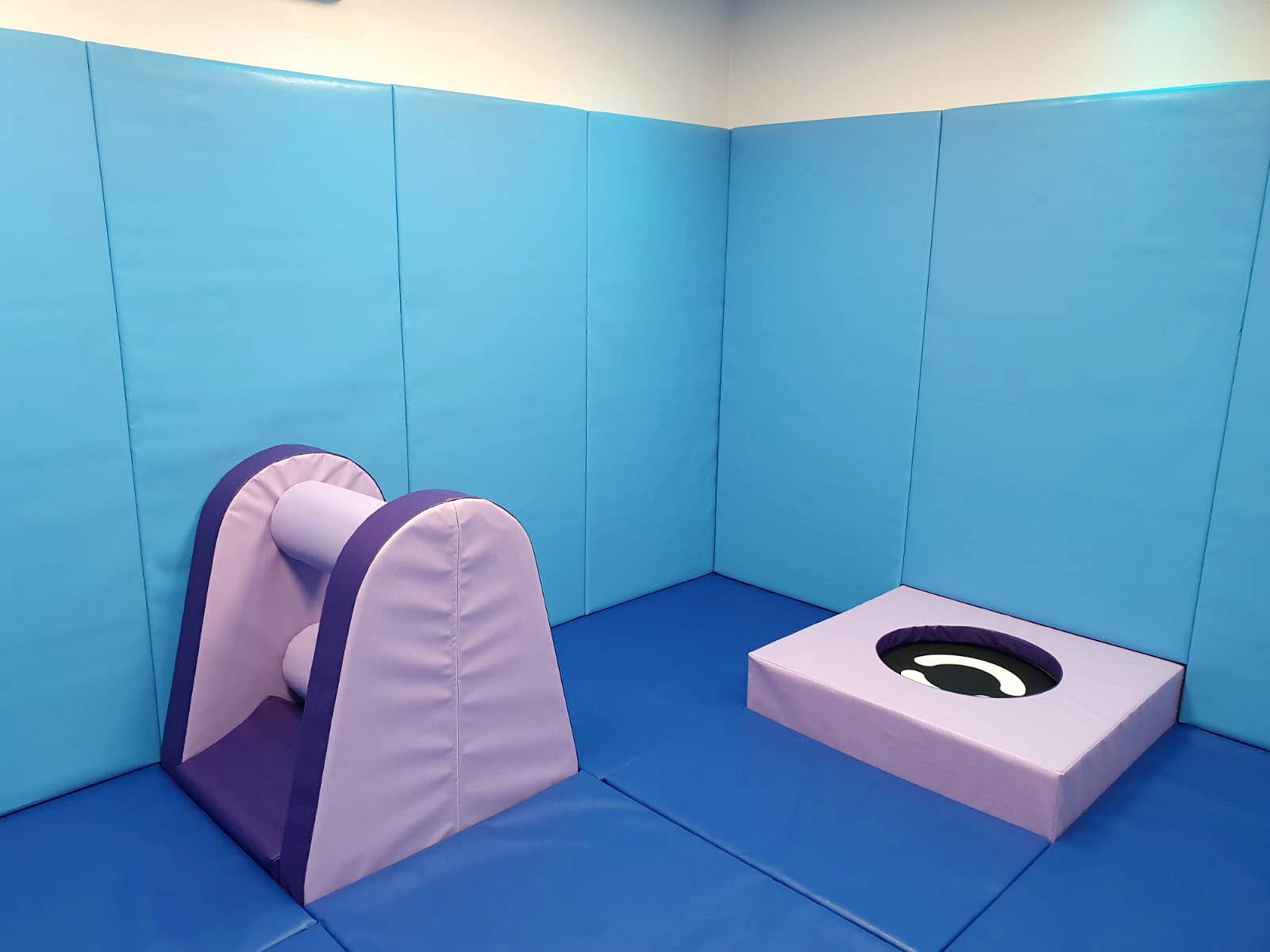
During this stage, cause-and-effect challenges surrounding planning and organising movements are the key focus which can include:
- Tactile Activity Panels
- Softplay Ball Toss Game
- Softplay Stepping Stones
- Roller Tunnel

For the final stage, in preparation of returning to / starting a day of learning, calming sensory equipment and elements can be utilised such as:

What Our Customer's Say
We are all delighted with the finished room and very much appreciated the professionalism displayed by the team working on site.
Tracy & AnnaKings Road Nursery 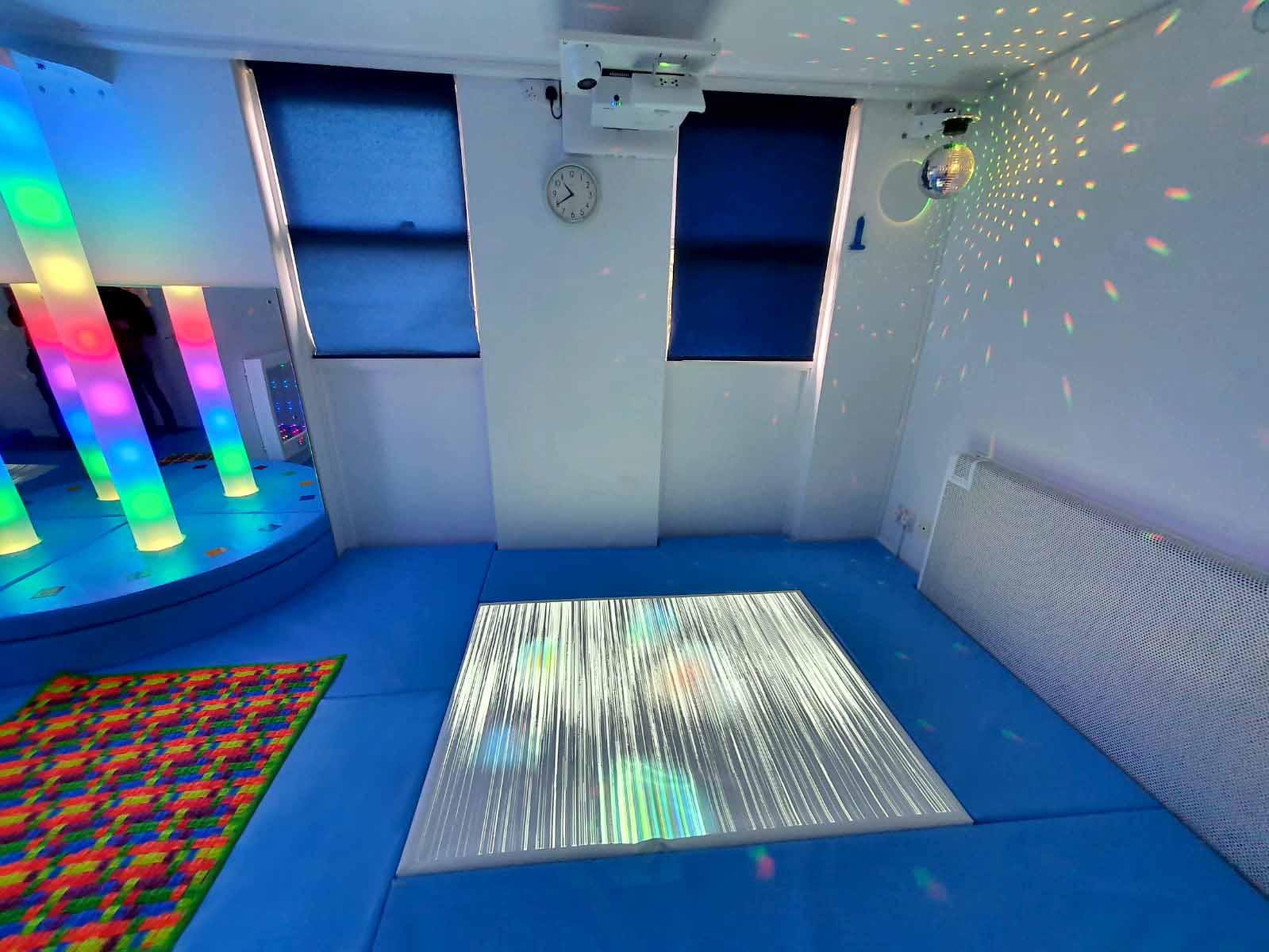
The room looks amazing and the staff who installed were really efficient and mindful of working around the school.
MiriamMathilda Marks-Kennedy Primary School 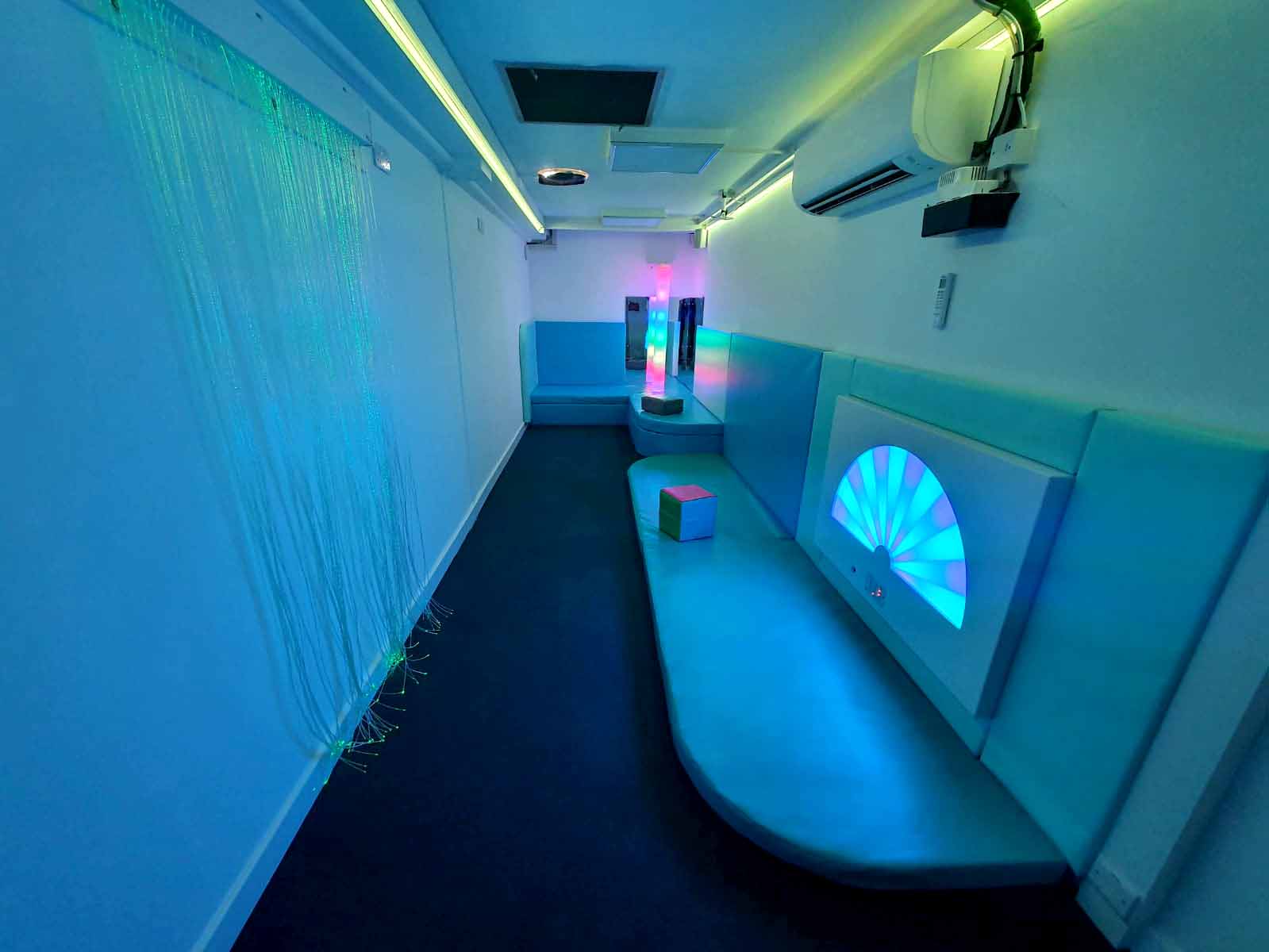
We are beyond delighted with our new sensory room! It is a beautiful, magical and calming space for our children.
ClarePear Tree Infant School 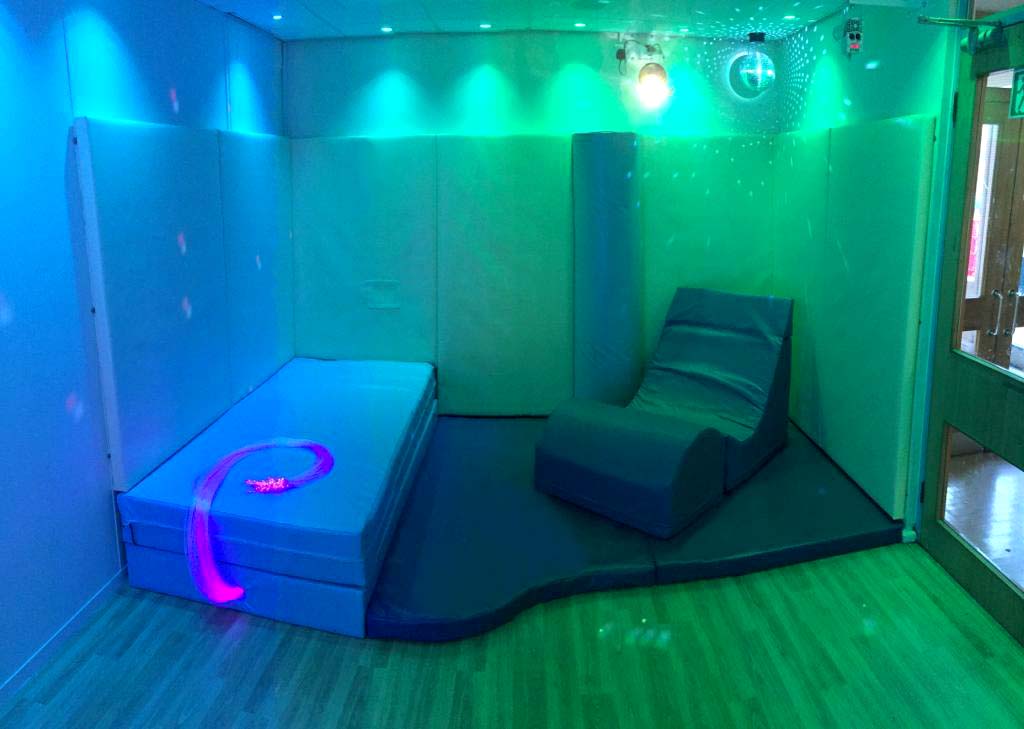
We are over the moon with our sensory room, thank you very much for your excellent service and fabulous resources!
JillHoylake Community Centre 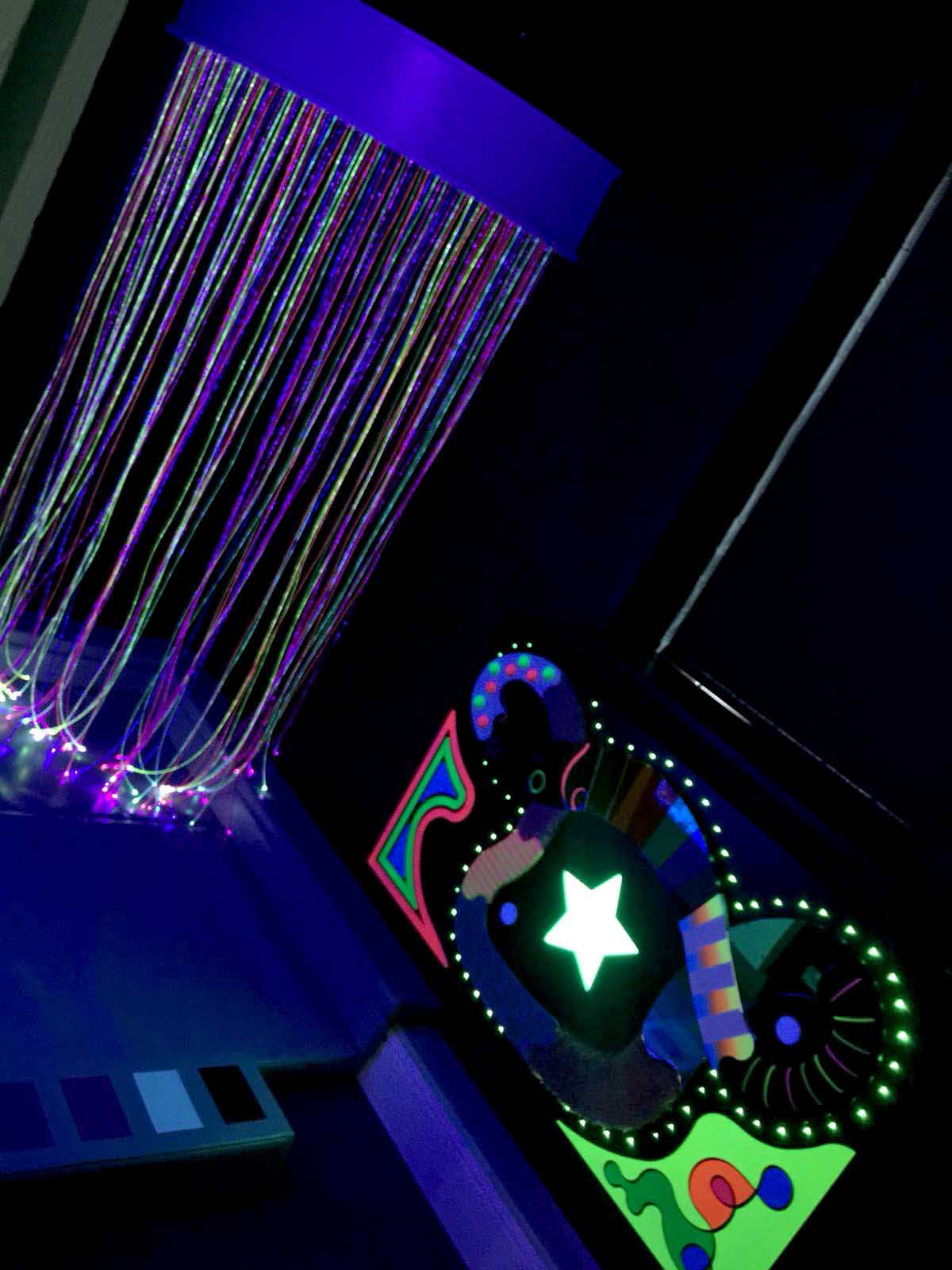
I’ve really enjoyed working with Senteq – you are all so friendly and professional with your advice and assistance – thank you!
TabbyColchester Library 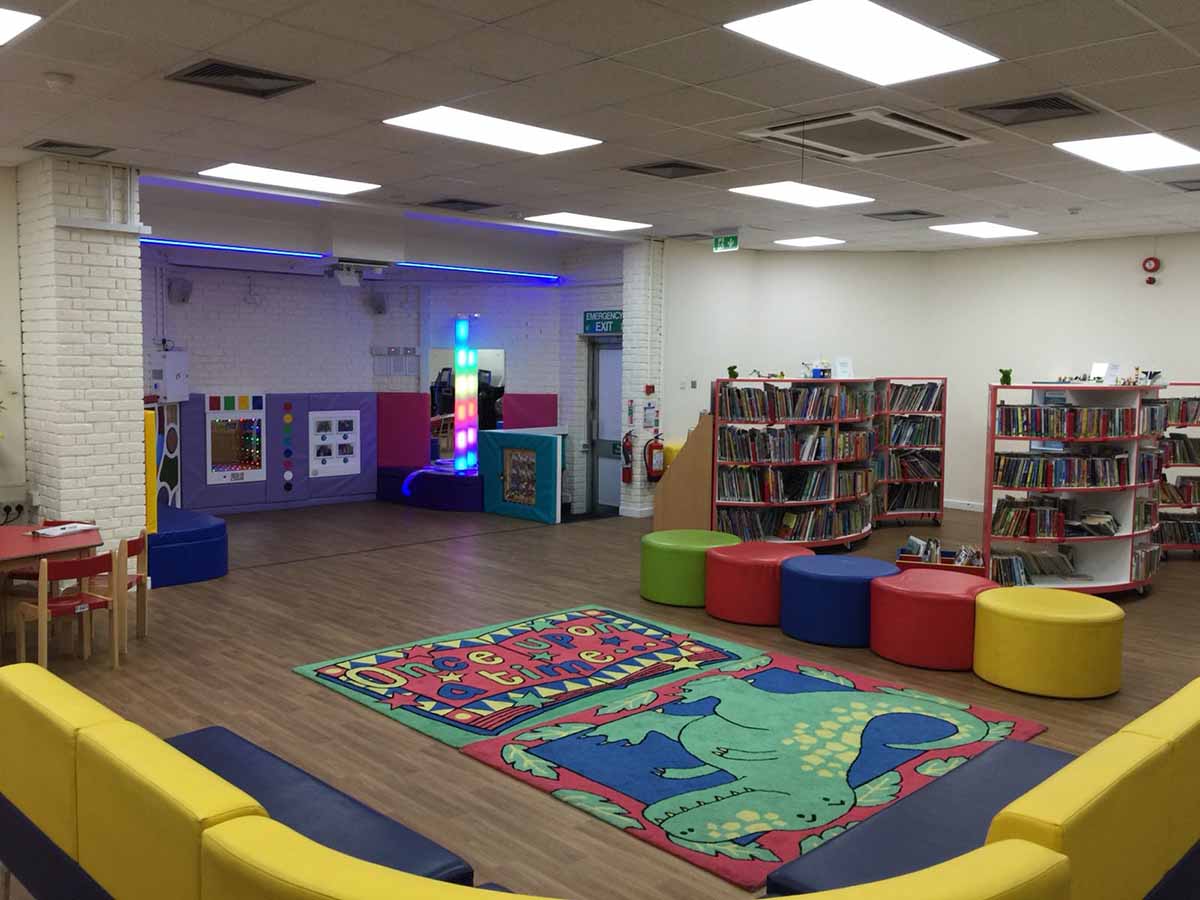
After being let down and quite disappointed with works from another company recently, it was great to have the professionalism and thorough service we received from Sensory Technology.
LucyEast Hunsbury 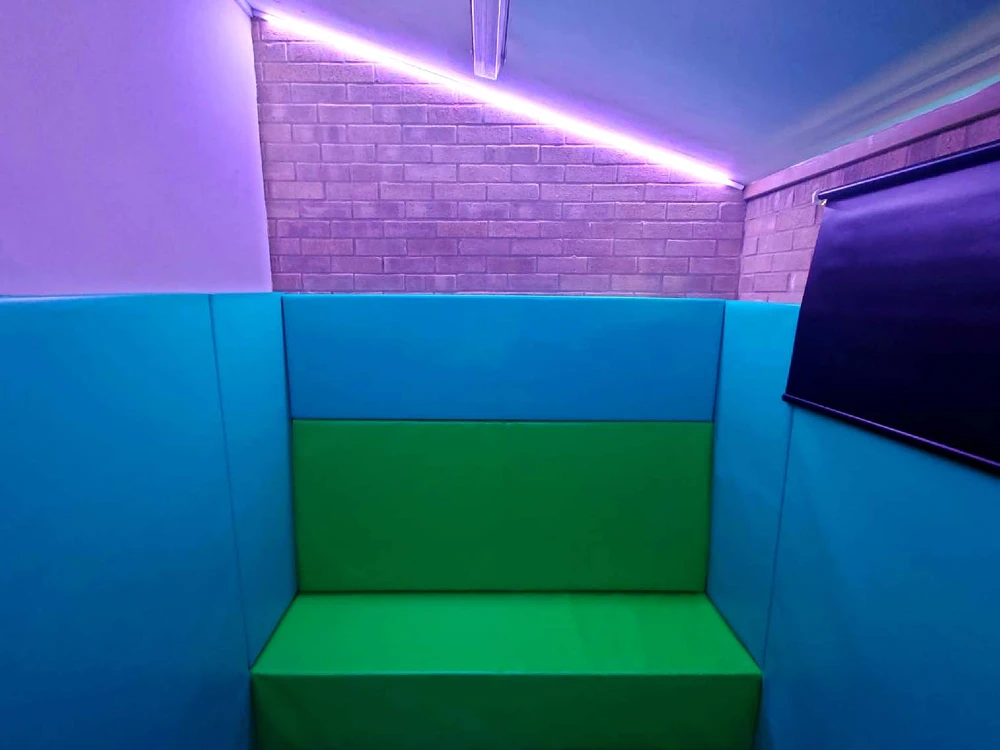
What Our Customer's Say
We are all delighted with the finished room and very much appreciated the professionalism displayed by the team working on site.
Tracy & AnnaKings Road Nursery 
The room looks amazing and the staff who installed were really efficient and mindful of working around the school.
MiriamMathilda Marks-Kennedy Primary School 
We are beyond delighted with our new sensory room! It is a beautiful, magical and calming space for our children.
ClarePear Tree Infant School 
We are over the moon with our sensory room, thank you very much for your excellent service and fabulous resources!
JillHoylake Community Centre 
I’ve really enjoyed working with Senteq – you are all so friendly and professional with your advice and assistance – thank you!
TabbyColchester Library 
After being let down and quite disappointed with works from another company recently, it was great to have the professionalism and thorough service we received from Sensory Technology.
LucyEast Hunsbury 
Who We Have Worked With

Who We Have Worked With




